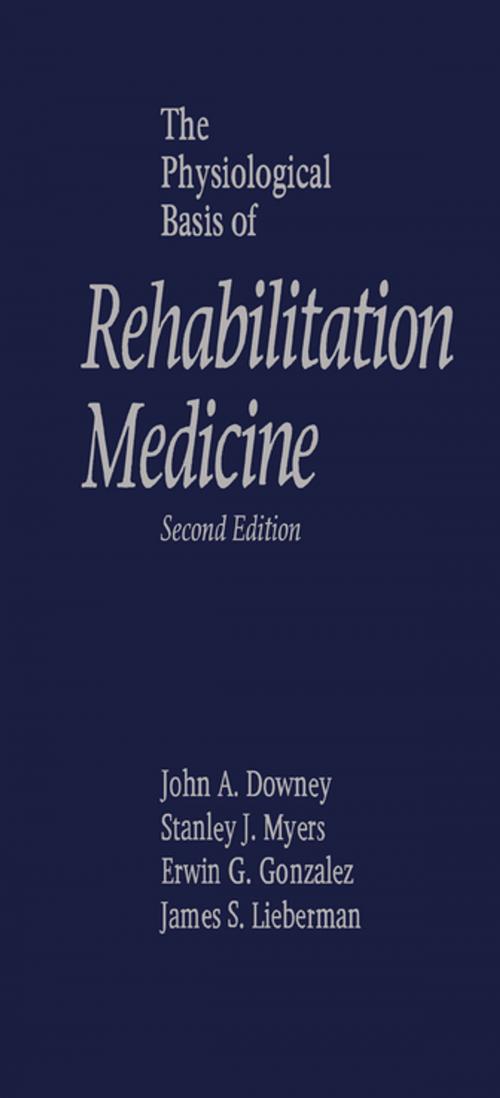The Physiological Basis of Rehabilitation Medicine
Nonfiction, Health & Well Being, Medical, Medical Science, Physiology, Science & Nature, Science, Biological Sciences, Human Physiology| Author: | ISBN: | 9781483193991 | |
| Publisher: | Elsevier Science | Publication: | October 22, 2013 |
| Imprint: | Butterworth-Heinemann | Language: | English |
| Author: | |
| ISBN: | 9781483193991 |
| Publisher: | Elsevier Science |
| Publication: | October 22, 2013 |
| Imprint: | Butterworth-Heinemann |
| Language: | English |
The Physiological Basis of Rehabilitation Medicine: Second Edition presents a comprehensive examination of the management of patients with functional impairments due to disease or trauma. It discusses the distinction between disabilities and impairments per se. It addresses the method in which the human body adapts and compensates for the stress produced by physical injuries.
Some of the topics covered in the book are the physiology of cerebellum and basal ganglia; description of upper and lower motor neurons; anatomy of the vascular supply to the brain; characteristics of the autonomic nervous system; structure, chemistry, and function of skeletal muscle; the receptors in muscle; and cardiopulmonary physiology. The role of muscle spindles in perception of limb position and movement is fully covered. An in-depth account of the physiology of synovial joints and articular cartilage are provided. The cellular and glandular components of the skin are completely presented. A chapter is devoted to the factors involve in wound healing. Another section focuses on the nerve conduction and neuromuscular transmission.
The book can provide useful information to doctors, dermatologists, students, and researchers.
The Physiological Basis of Rehabilitation Medicine: Second Edition presents a comprehensive examination of the management of patients with functional impairments due to disease or trauma. It discusses the distinction between disabilities and impairments per se. It addresses the method in which the human body adapts and compensates for the stress produced by physical injuries.
Some of the topics covered in the book are the physiology of cerebellum and basal ganglia; description of upper and lower motor neurons; anatomy of the vascular supply to the brain; characteristics of the autonomic nervous system; structure, chemistry, and function of skeletal muscle; the receptors in muscle; and cardiopulmonary physiology. The role of muscle spindles in perception of limb position and movement is fully covered. An in-depth account of the physiology of synovial joints and articular cartilage are provided. The cellular and glandular components of the skin are completely presented. A chapter is devoted to the factors involve in wound healing. Another section focuses on the nerve conduction and neuromuscular transmission.
The book can provide useful information to doctors, dermatologists, students, and researchers.















